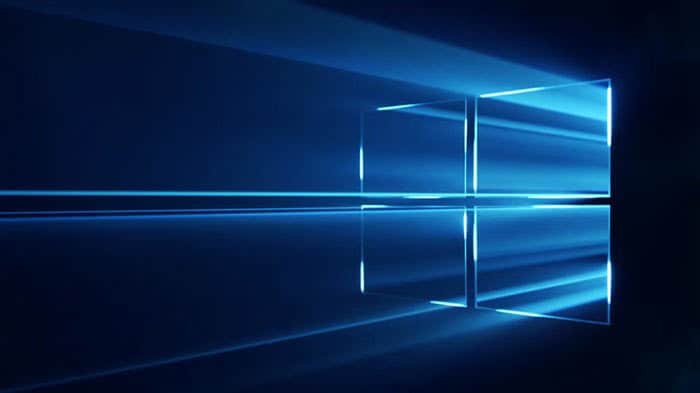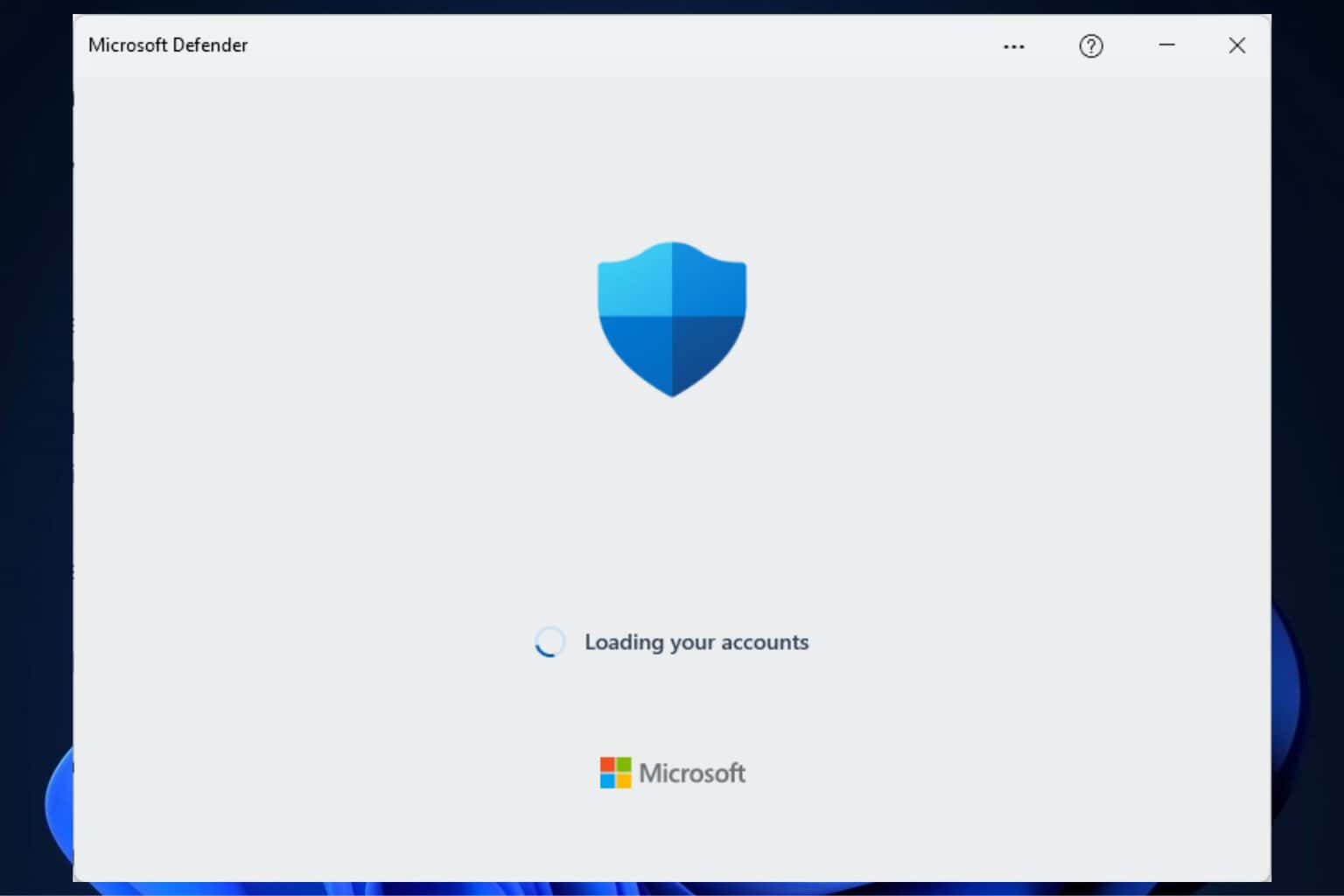How to protect your Windows from win32k.sys security flaw
3 min. read
Updated on
Read our disclosure page to find out how can you help Windows Report sustain the editorial team. Read more

As you probably know, Google revealed a vulnerability in the Windows kernel earlier this week. Just like it’s the case with most vulnerabilities, it allows attackers to bypass security measures, and potentially gain a full control of affected user’s system.
According to Google the vulnerability “can be triggered via the win32k.sys system call NtSetWindowLongPtr() for the index GWLP_ID on a window handle with GWL_STYLE set to WS_CHILD.” In other words, as we said, attackers can break into your system, by taking privileges for running their malicious software. This vulnerability is available in all versions of Windows.
Although Microsoft is aware of the problem, the company still hasn’t released a legitimate patch to address this vulnerability. As this moth’s Patch Tuesday is ahead of us, it is expected from Microsoft to release the patch during this occasion. But what until then?
How to protect your computer from win32k.sys security flaw
There are a couple of things you can do to keep yourself as secure as possible from this security flaw. Unlike Microsoft, Adobe recently updated Flash with the patch, so running the latest version of Flash will take the vulnerability away. As Adobe’s software is known for being a common target of security attacks, it’s not a surprise that the company acted quickly.
The same goes for the most popular browsers for Windows 10, Google Chrome and Microsoft Edge. These browsers already provide solutions to such threats, so just in case, make sure you’re using the latest versions.
Microsoft’s Terry Myerson also said that users with Windows Defender activated will also be safe from attacks:
“Customers who have enabled Windows Defender Advanced Threat Protection (ATP) will detect STRONTIUM’s [that’s how Microsoft internally calls a hacker group who performs the attack] attempted attacks thanks to ATP’s generic behavior detection analytics and up-to-date threat intelligence”.
However, all these ‘solutions’ apply to Windows 10 only. If you’re running an older version of Windows, you’re pretty much exposed. The only thing you can do is to browse the internet with some of the security-oriented browsers, like Comodo IceDragon, or completely disable networking until Microsoft provides a patch.
Another solution that Microsoft suggests is upgrading to Windows 10. Nice try, but we don’t think it will be a clincher for core Windows 7 fans. However, they’ll eventually have to upgrade anyway, but that’s a story for another day.
RELATED STORIES YOU NEED TO CHECK OUT:








User forum
0 messages